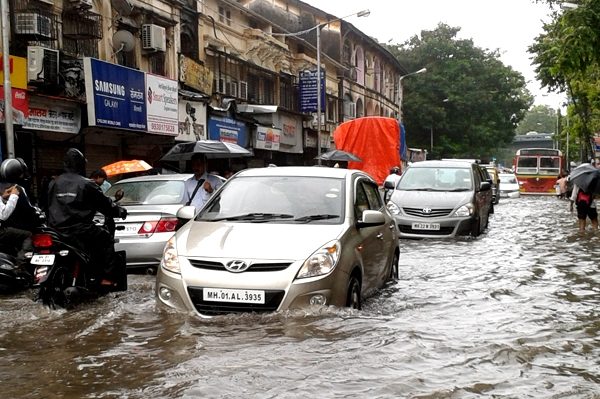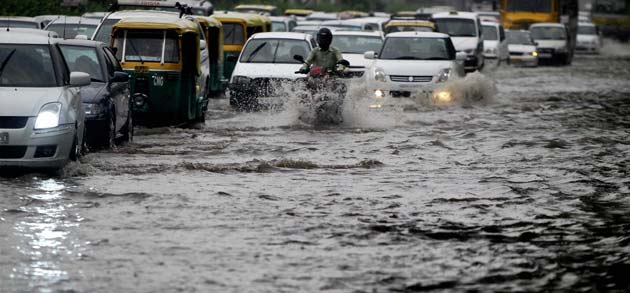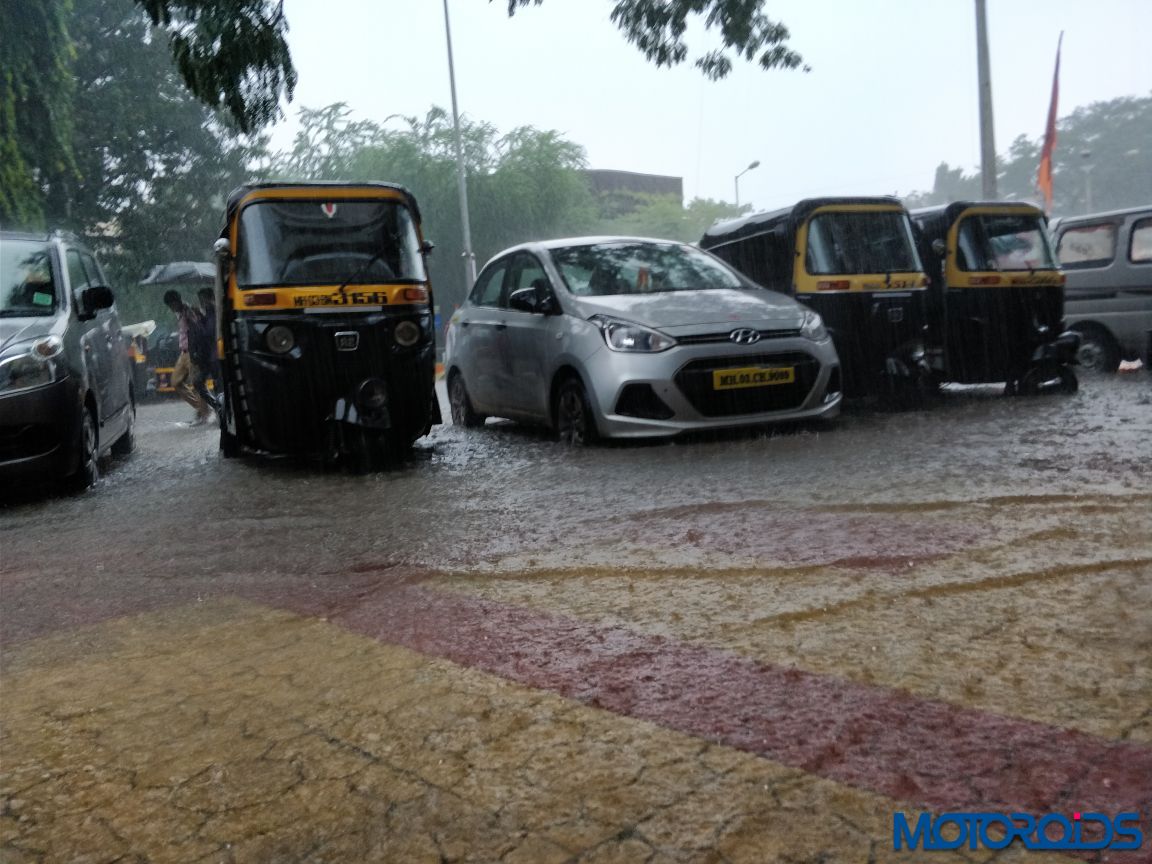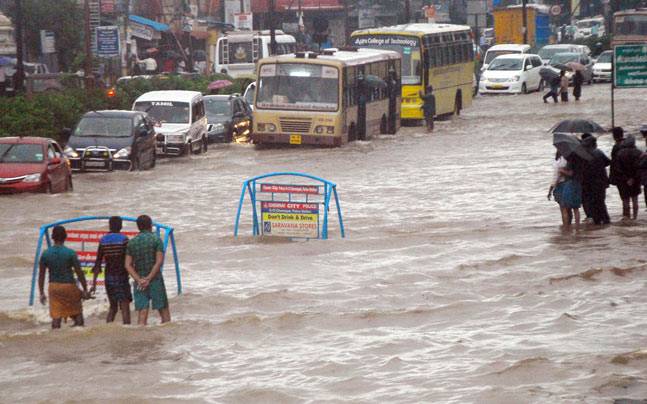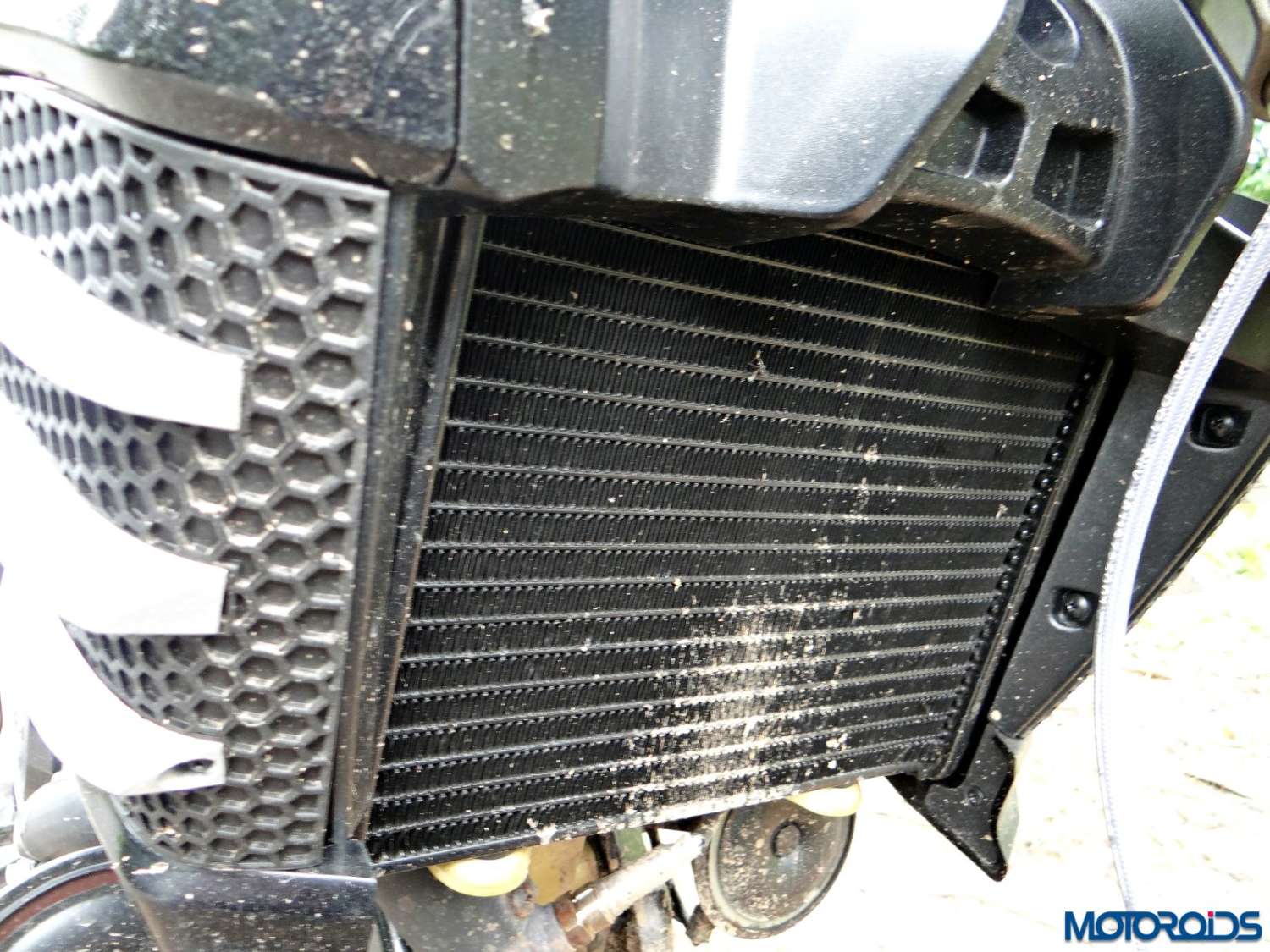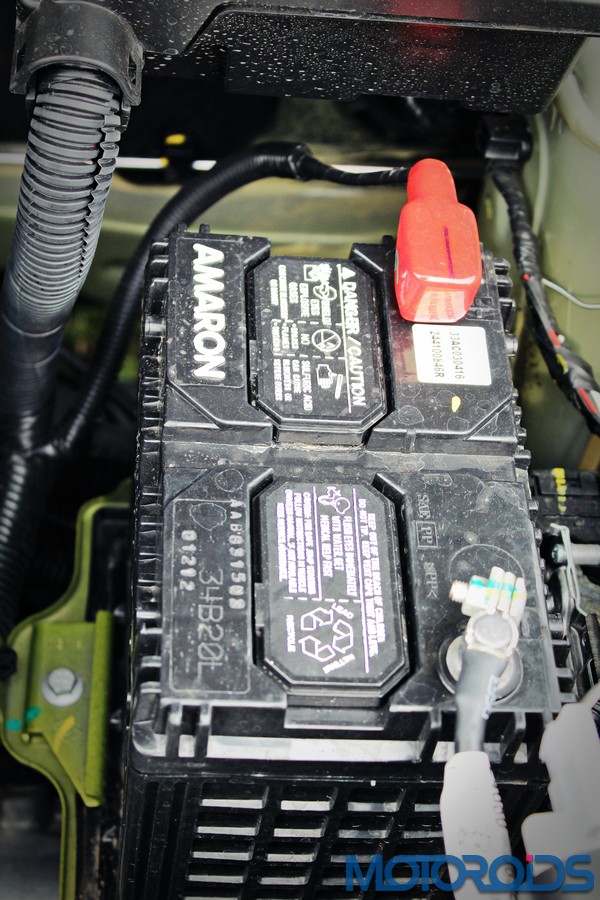With unpredictable weather becoming more common, a lot of heavily congested cities are bracing for sudden downpours and consequential floods. If caught in a deluge while out on the road, it is very important for any car owner to direct himself and his prized possession to safety. This could be a very demanding challenge when the only way forward is heavily flooded due to blocked drains and an endless downpour. If you happen to live in Mumbai or any other city that faces such treacherous conditions, here are a few tips that you could follow while driving through flooded roads and limit any resultant damage which could arise as you try to escape an unavoidable situation.
Re-route your path to avoid flooded roads.
It is not a wise decision to put your car through flooded roads and make the risk of it getting damaged and stranded a thousand fold. Instead, wherever possible, avoid such roads and take a different path to your intended destination regardless the distance. Usually, cars can drive through at least 6-inches of standing water and 4-inches of moving water. So judge the depth carefully before putting your car in harm’s way.
Stay calm and stay slow
If at all you decide to go through the flooded road, make sure you keep your car as close to the crown of the road to provide it with a bit of a height. Proceed very slowly by keeping your engine revs up and in first gear to get maximum available torque output. This also helps you in judging the road surface better and helps you avoid potholes or lifted manhole covers.
The bow wave
The bow wave technique is a standard practice that needs to be adopted while travelling through flooded areas. Make sure you enter the flooded area at a lower speed of about 2-4 kph, before accelerating to 6-8 kph. This creates a bow wave in front of the car and further creating a depression in the engine bay allowing the air intakes to stay clear of the water.
Once you are through the flooded region and are on your way towards a safe point, here is what you should take care of to ensure no major damage is caused to the vehicle.
Don’t be hard on your brakes.
Brake drums and their corresponding reservoirs are capable enough of being filled with water which may result in a serious dip in braking power. Apply a gentle brake pressure until your brakes feel good again.
Check your radiator
It is very important to check your radiator for residues brought by the flooded waters. Anything ranging from a plant leaf to a plastic polybag stuck in your radiator grille can limit functionality or even cause serious damage to its functioning.
Battery Housing
Pop the hood of your car and check the battery compartment for any possible leaks of water into the compartment itself along with the fuse box. Modern day electronics are designed to withstand a certain amount of influence from water, but over the limit, the car electronics are bound to go haywire.

